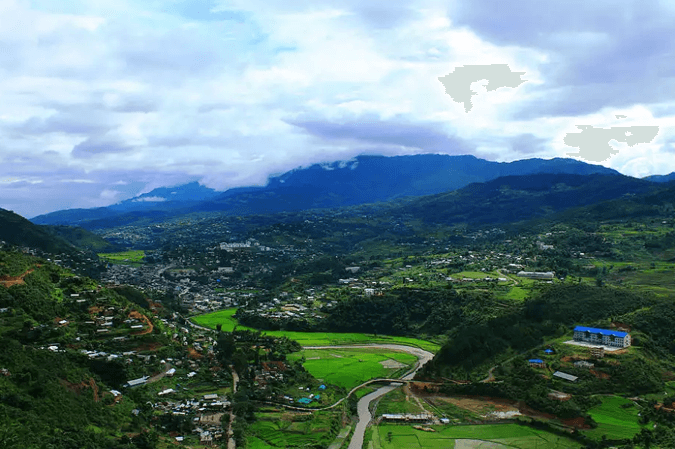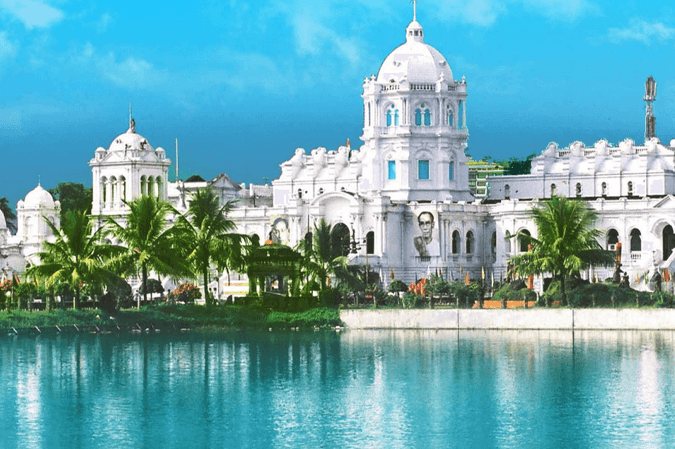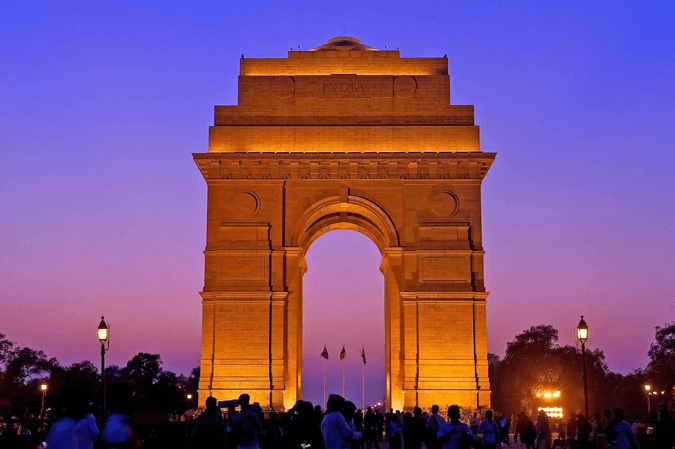History of Manipur
Manipur’s history dates back to ancient times, and it has been a center of art and culture in the region for centuries. Historically known as “Kangleipak,” it was an independent kingdom until its merger with India in 1949. The state’s early history was marked by the reign of several Meitei kings, with one of the most notable being King Pamheiba, who adopted Hinduism and established it as the state religion. Manipur has also been a site of significant conflict, particularly during World War II, when the Battle of Imphal was fought between British forces and the Japanese army.
Manipur’s merger with India was marked by controversy, with some factions resisting integration, leading to political unrest and demands for greater autonomy. Despite these challenges, Manipur has emerged as a vibrant state within the Indian Union.
Landscape and Area
Manipur covers an area of 22,327 square kilometers and is characterized by lush green hills, dense forests, and scenic valleys. The state’s landscape is a combination of hill ranges and flat plains, with the Imphal Valley being the most significant. Surrounded by the mountain ranges of the Eastern Himalayas, Manipur shares its borders with Nagaland to the north, Mizoram to the south, Assam to the west, and Myanmar to the east.
The Loktak Lake, the largest freshwater lake in northeastern India, is a prominent feature of Manipur’s landscape. This floating lake is unique due to its phumdis (heterogeneous masses of vegetation, soil, and organic matter).
Climatic Conditions
Manipur has a subtropical monsoon climate. The summers are mild to warm, with temperatures ranging between 15°C to 35°C. Winters are cooler, especially in the hills, where temperatures can dip to 0°C or lower. The state receives heavy rainfall during the monsoon season (June to September), with an average annual rainfall of 1,467 mm.
Historical Places
Manipur boasts several historical and cultural landmarks:
- Kangla Fort: Once the seat of Meitei rulers, Kangla Fort is a symbol of Manipur’s regal past. It is located in the heart of Imphal.
- Loktak Lake and Sendra Island: A picturesque and unique freshwater lake, Loktak Lake is a must-visit destination in Manipur.
- Shree Govindajee Temple: This historic Hindu temple dedicated to Lord Krishna is an important religious site for the Meitei people.
- INA Memorial: Located in Moirang, this memorial commemorates the Indian National Army (INA) and its efforts during World War II.
- Imphal War Cemetery: This is a site of historical significance where soldiers who died during World War II are commemorated.
Festivals
Manipur is known for its colorful and lively festivals:
- Yaoshang (Holi): Celebrated in spring, this festival is a blend of the traditional Meitei festival and the Hindu festival of Holi.
- Lai Haraoba: A religious festival that celebrates the creation stories of the Meitei people.
- Kang Festival: Also known as Ratha Yatra, this festival is dedicated to Lord Jagannath and is celebrated with great fervor.
- Ningol Chakouba: A social festival where married women return to their parental homes and are treated to a grand feast.
- Cheiraoba: This is the Manipuri New Year festival and is marked by ritualistic offerings and festivities.
Environment and Biodiversity
Manipur’s environment is rich in biodiversity and has a variety of flora and fauna. The state is home to the Keibul Lamjao National Park, the only floating national park in the world, which provides habitat to the endangered Sangai deer, also known as the brow-antlered deer.
The state’s forests are home to several species of orchids, medicinal plants, and a diverse range of animals, including elephants, tigers, and leopards. However, Manipur faces environmental challenges, such as deforestation and habitat loss, which have affected its biodiversity.
Society and Culture
Manipur is a mosaic of diverse ethnic communities, including the Meitei, Naga, Kuki, Pangal (Manipuri Muslims), and other tribal groups. Each community has its unique traditions, language, and cultural practices, contributing to the state’s rich cultural tapestry.
Dance and music play an integral role in Manipuri society. The Manipuri dance, a classical dance form, is known for its grace and spiritual essence. Thang Ta, a traditional martial art form, is also widely practiced.
The society of Manipur is largely agrarian, with rice being the staple crop. Handloom and handicraft industries also thrive, with Manipuri textiles being particularly famous for their quality and design.
Interesting and Hidden Facts
- Unique Floating Island: Loktak Lake’s phumdis (floating islands) are unique to the state and cannot be found anywhere else in the world.
- Rich Martial Arts Tradition: Manipur has a rich tradition of martial arts, particularly the Thang Ta and Sarit Sarak, which were historically used by Manipuri warriors.
- Connection to World War II: The Battle of Imphal during World War II is often cited as one of the most decisive battles in the Southeast Asian theater, leading to the defeat of Japanese forces.
- Sangai Deer: The endangered Sangai deer, also known as the dancing deer due to its unique movement on the floating islands, is endemic to Manipur.
- First Polo Match: The game of polo is believed to have originated in Manipur, and the state still holds a strong tradition in this sport.
Sources
- Government of Manipur websites and portals
- Encyclopaedia Britannica
- Ministry of Tourism, India
- WWF India reports on biodiversity and environment in Manipur
- Image Source: static.toiimg.com



